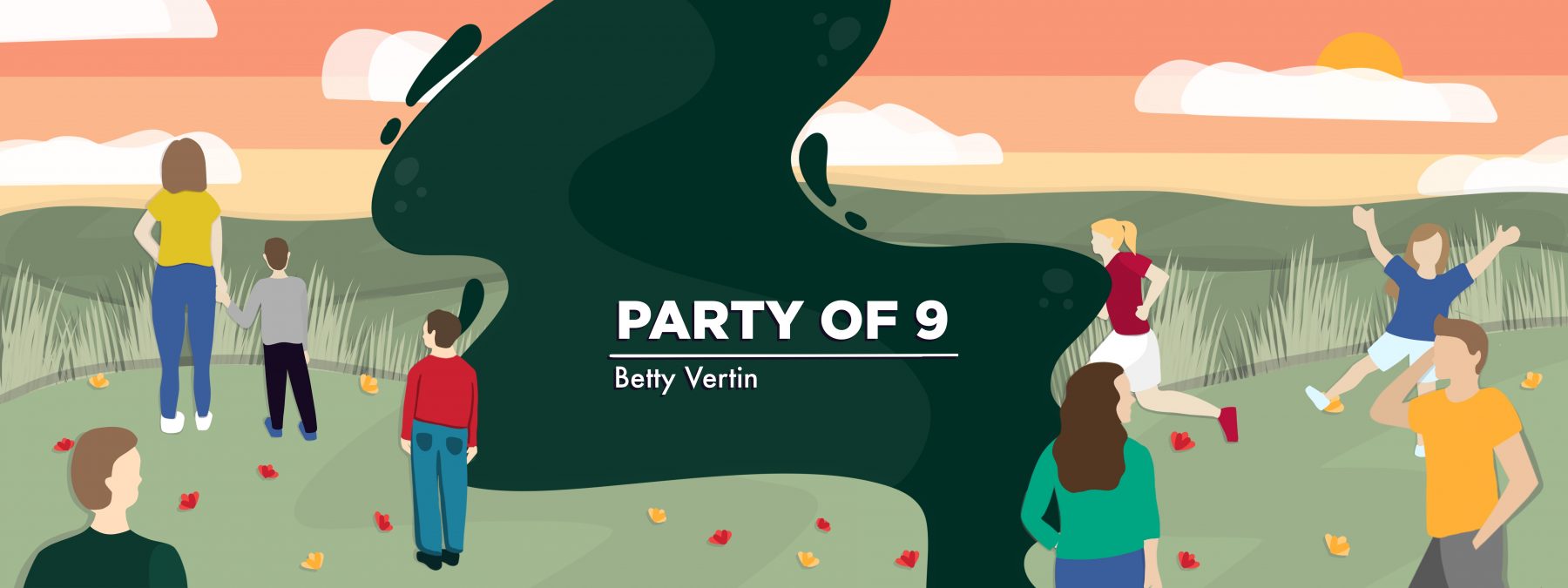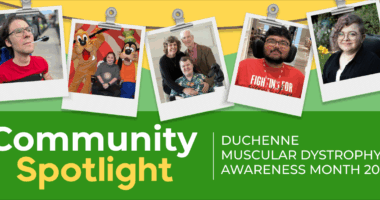Being mindful of kidney stones while living with DMD
I hope my family's experience will help you be better prepared

“Kidney stones!” my 13-year-old son, Charlie, exclaimed when I asked him what I should write about this week.
My husband, Jason, and I have seven children: Lexi, 23; Max, 19; Chance, 17; Rowen, 15; Charlie, Mary, 10; and Callie, 2. Max, Rowen, and Charlie have Duchenne muscular dystrophy (DMD).
I decided to take up Charlie’s suggestion because we’ve been having issues with kidney stones over the past few months. I hope that my writing about them will help better prepare readers of this column, because the first time kidney stones happened to us, I didn’t know they were part of the typical Duchenne experience.
‘Have you been drinking water?’
It started with Max last spring. We were at an appointment for a clinical trial when he began to experience intense pain. Thankfully, we were at the hospital when it happened, and our doctor quickly ordered an ultrasound, which confirmed that Max had a kidney stone.
Dumbfounded, I asked the neurologist what had caused it, and she replied that kidney stones are common in older boys with Duchenne. She added that a lack of hydration, limited mobility, and corticosteroid use can all lead to kidney problems.
That made sense, especially for Max, who is no longer ambulatory. And keeping the boys hydrated is always a struggle. I push water on them like crazy. They each have a water bottle and a cup holder on their power wheelchairs. I do my best to ensure that the bottles are always full, and I constantly remind them to drink water.
Anytime they tell me something is wrong or hurting, my first response is usually, “Have you been drinking water?” That’s usually met with eye rolls.
Then Charlie developed pain in his lower back and side in October. I worried that he might have appendicitis, but the pain was on the wrong side for that. He stayed home from school, and we took him to the doctor. On his way to give a urine sample, Charlie vomited and felt better. We think the vomiting might have moved the kidney stone.
Last weekend, the pain returned. I’m not sure if the same stone had moved into a painful new position or if he had a new stone, but he was certainly uncomfortable. As day turned to night, the pain became so bad that I started to wonder if we should take him to the hospital. He wanted me to stay next to him all night.
I fell asleep in his bed, not wanting to leave until I knew he was OK. When he fell asleep, I slipped out of his room and said a few prayers in the hopes that he’d feel better in the morning. I awoke the next day and made coffee while Charlie sat in the living room recliner. He said he felt better. An hour later, I heard him cheering from the bathroom, saying he had passed a kidney stone.
I didn’t believe him at first because I thought kidney stones were too small to see. Jason told him not to flush the toilet, and we stormed into the bathroom to see what he was talking about. He told us he had felt it coming out. I could see that a tiny stone had sunk to the bottom of the toilet bowl, and as an experienced boy mom, I trusted that he’d felt what he’d felt.
So what does that mean for us now? The boys have since had 24-hour urine tests and ultrasounds to help us diagnose the problem. We’ve added a urologist to their team of doctors. After experiencing three kidney stone episodes with our sons, we feel better equipped to identify them when they happen. More importantly, we’re taking steps to increase their water intake to hopefully prevent such problems.
Have you or someone you love experienced kidney stones with DMD? Please share in the comments below.
Note: Muscular Dystrophy News Today is strictly a news and information website about the disease. It does not provide medical advice, diagnosis, or treatment. This content is not intended to be a substitute for professional medical advice, diagnosis, or treatment. Always seek the advice of your physician or another qualified health provider with any questions you may have regarding a medical condition. Never disregard professional medical advice or delay in seeking it because of something you have read on this website. The opinions expressed in this column are not those of Muscular Dystrophy News Today or its parent company, Bionews, and are intended to spark discussion about issues pertaining to muscular dystrophy.








Donna Vogel
A low oxalate diet is beneficial for kidney stones and high oxalates.
Sally Norton's website has excellent information, and she has also published a PDF book containing all the foods and their oxalate content.
https://sallyknorton.com/oxalate-science/oxalate-basics/
Myoinositol hexaphosphate, or IP6, inhibits the formation of calcium salts into crystals.
If there has been past water damage exposure, aka mold, an OAT or organic acid test will reveal colonization. Mold or fungal infections create oxalate or stones in the body, so dealing with the root cause can be helpful.
Zinc, B6, and high dose biotin help with clearing oxalate or stones.
Concentrated lemon juice or citric acid helps with stones.
I suffered for years from oxalates. All of the above have rid me of this problem. I have a son with myotonia congenita and DM 2 who has also benefited.
Lianette Gonzalez
Hi Betty, hope all is well! I love your writing, and this topic is very important. My son Alex (18) passes kidney stones regularly (some pretty big and other times like thick sand). We have been dealing with this for at least 6 years now. He became non ambulatory at 12. We even had to do a lithotripsy once to remove 2 big stones. We follow up every 6 months with the nephrologist after completing a 24 hour urine collection, blood draw and kidney ultrasounds. Depending on the results, we adjust the medication he takes (hydroclorothiazide and Potassium Citrate). When he is having a crisis, he takes Ketoralac for the pain and Tamsulosin to help expulse the stone. You may want to ask your doctor about this. Hope this helps! Our boys go through so much!!!! Glad to be in touch. Blessings for your beautiful family.